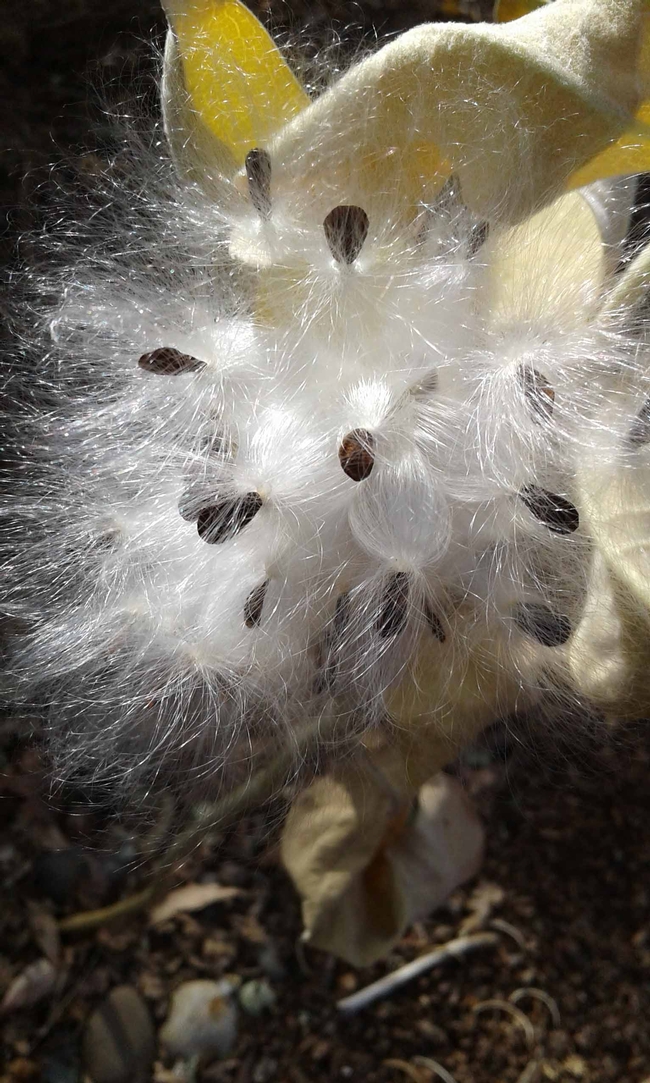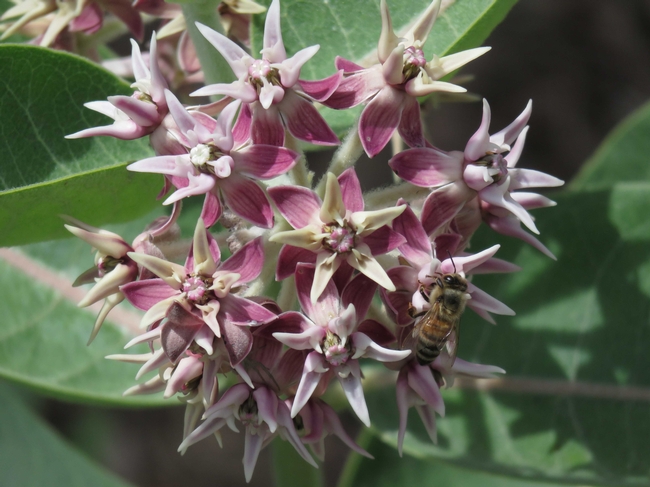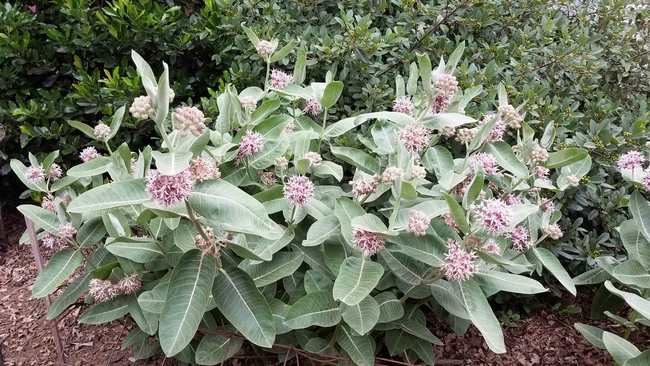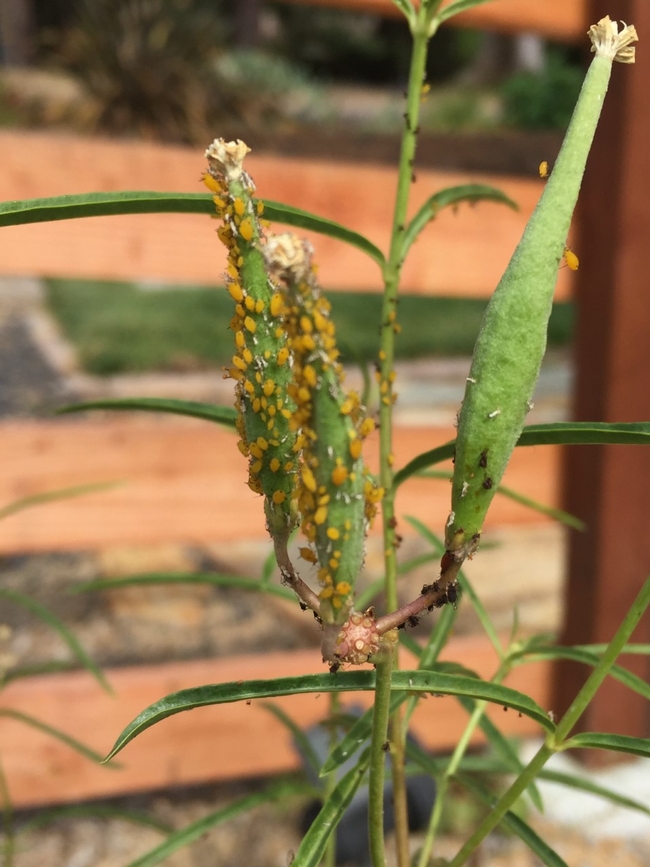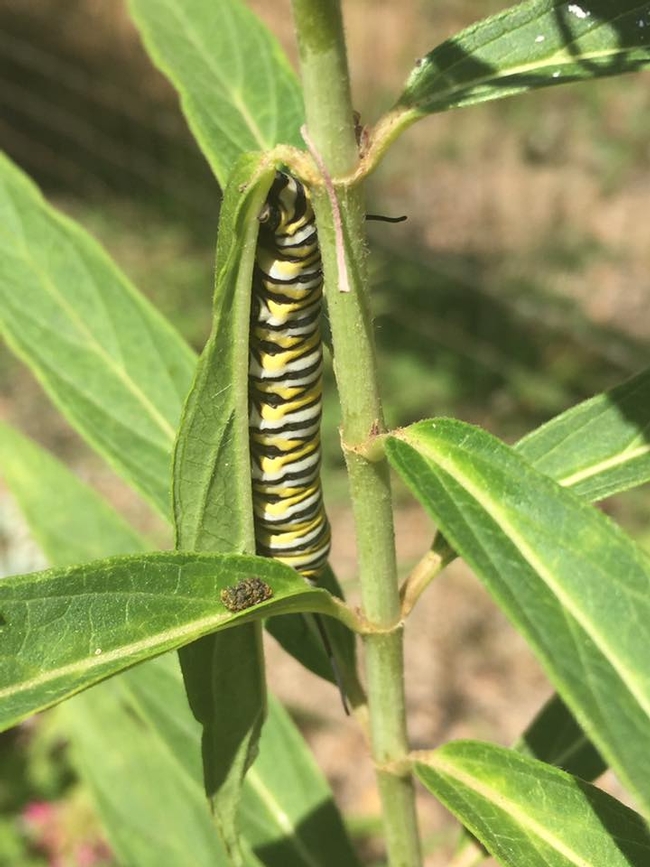Milkweed is a drought-tolerant and deer-resistant perennial plant named for its milky latex sap. It is a great host plant for many beneficial insects including Monarch butterflies, bees, beetles, and lady beetles (ladybugs).
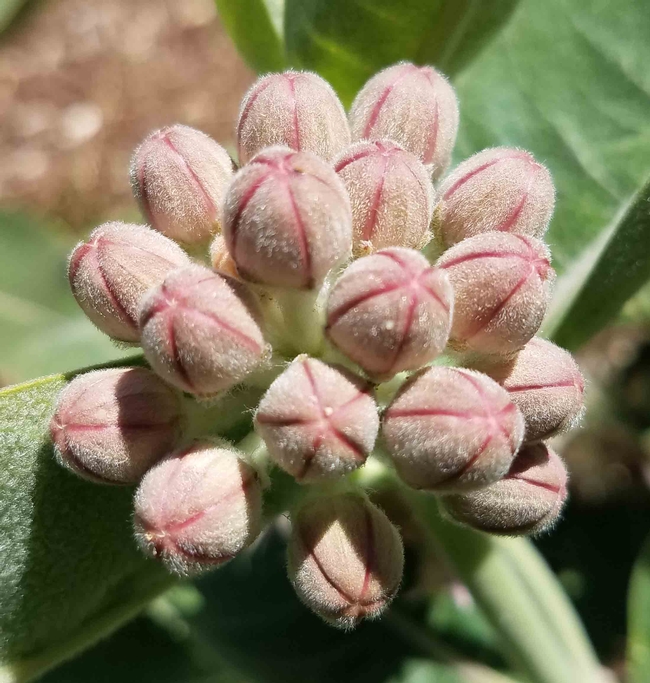
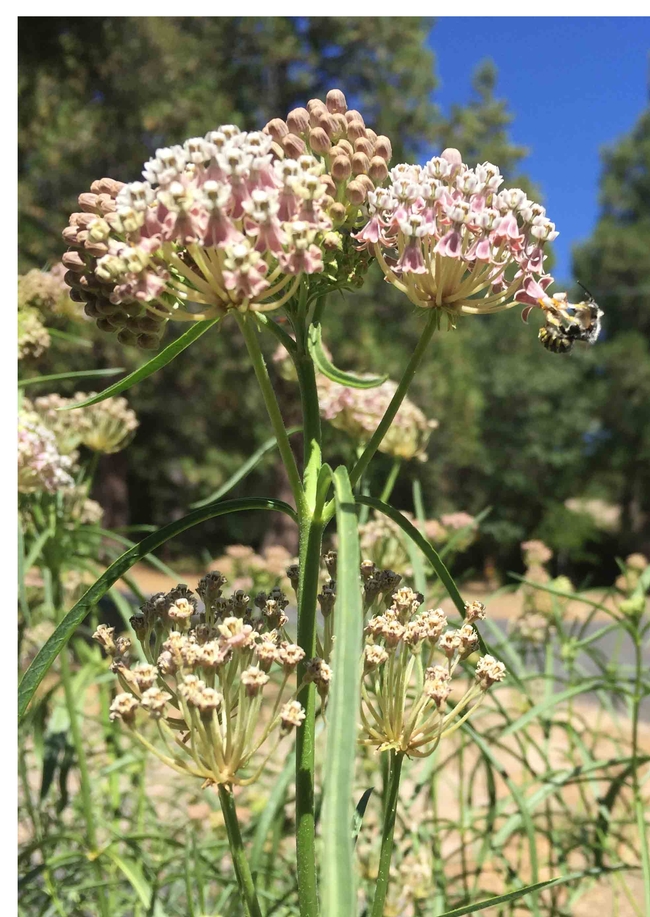
Milkweed plants develop large fleshy seed pods which pop open when mature, freeing the seeds. Attached to the seeds are fine tufts of hair (called pappus or silk) which aid dispersal of the seeds: as the wind blows, it catches the silky hairs, carrying the seeds away from the plant. The seeds can be collected from the pods for later propagation or left alone to re-seed themselves. Milkweed can also be propagated from cuttings or root divisions.
Milkweed is the only plant on which the Monarch butterfly will lay eggs. If larvae hatch on your milkweed you might notice the plant's leaves being devoured by the caterpillar. Do not cut it back or pull it up. Once the caterpillar morphs into a butterfly the leaves will grow back.
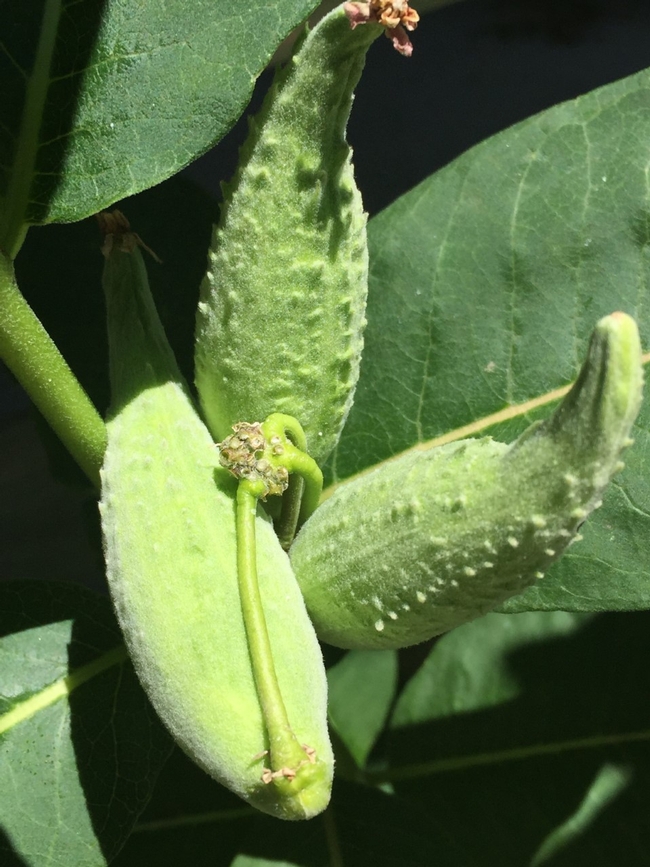
Milkweed commonly attracts a yellow aphid known as Oleander aphid. This aphid will not destroy the plant and will not infest nearby roses or vegetable gardens. It is plant specific: think of the Oleander aphid as food for the lady beetles. Avoid using pesticides or herbicides that might damage these breeding and feeding areas.
Despite having the word ‘weed' in its name, milkweed can be an interesting addition to your home landscape. It is generally non-invasive and easy to grow and care for. Milkweed requires full sun. It will need some water until it is established. Some varieties will die back with a heavy frost or snow but will return in late spring. If the plant re-seeds itself, you can either leave the new plants in place or dig them up to share with neighbors.
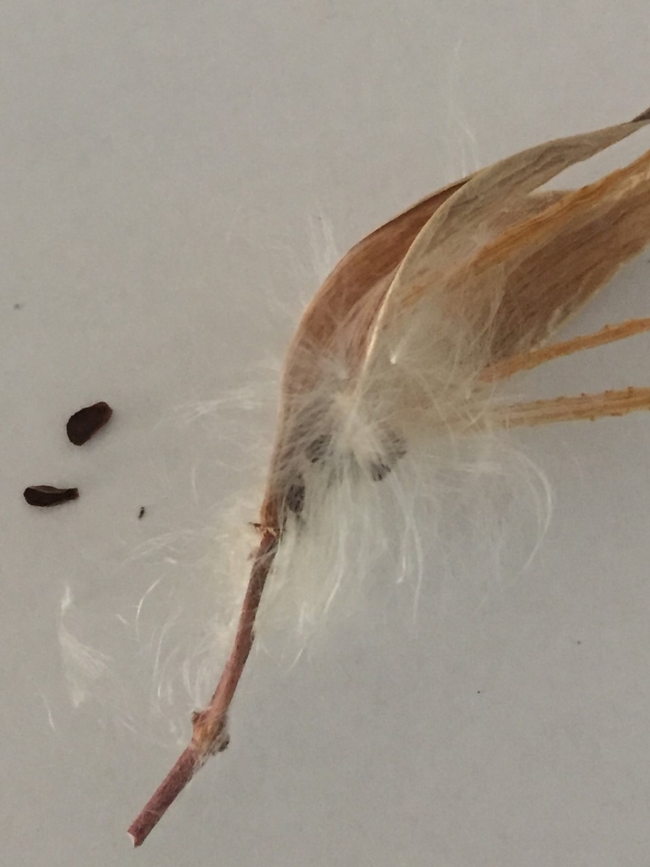
For more information on area-specific native milkweed, and to purchase seed the Theodore Payne Foundation is an excellent source.
The UC Master Gardeners of Butte County are part of the University of California Cooperative Extension (UCCE) system. To learn more about us and our upcoming events, and for help with gardening in our area, visit our website. If you have a gardening question or problem, email the Hotline at mgbutte@ucanr.edu (preferred) or call (530) 538-7201.
Attached Images:
